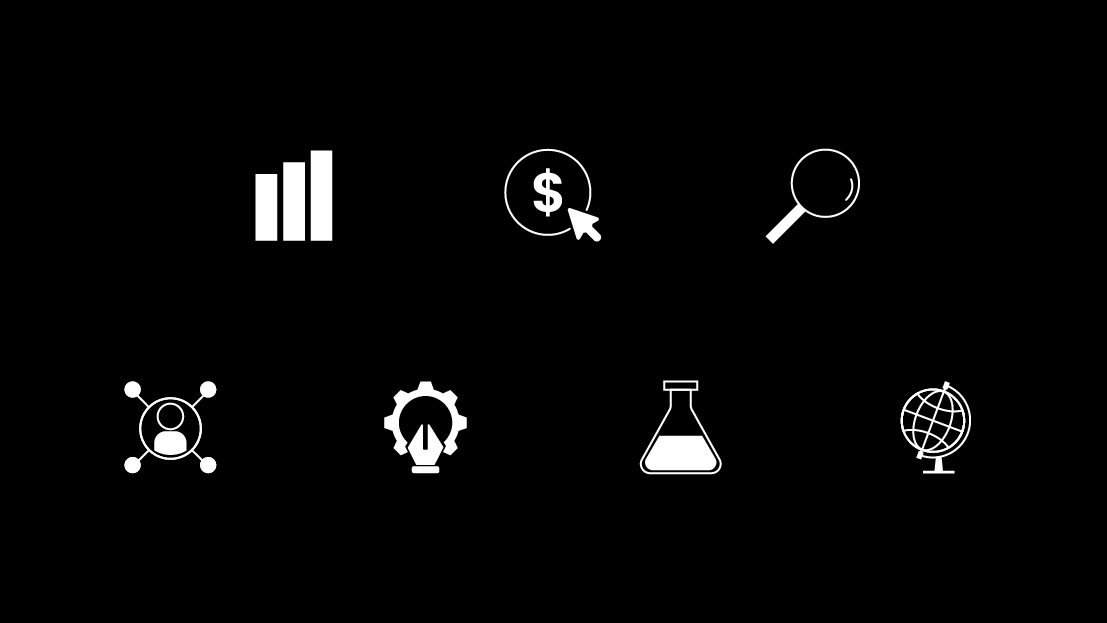NOTE: This blog post was originally published in 2018. For the most up to date information about working remotely at Seer (especially amid the pandemic), visit our Remote Hiring page.
Seer has continued on a solid growth trajectory and the need for great people to add to our team only continues to heighten. Until this year, “remote work” has not been in our vocabulary as a company and it’s something that’s made a lot of people uncomfortable, including our Executive Team.
Long story short, despite our concerns, we chose to embrace the whole remote work thing and give it a shot … and while we’re far from achieving perfection, we think we’re better for it and we’re learning more every day.
Considering if remote work opportunities are worth exploring for your company? Check out our journey, but note, we’re learning more and iterating on the daily!
Why we decided to give remote work a shot
Growth
We’re growing fast. We were forecasted to hire 71 people this year and we know that we’ll outpace that initial projection by end of year. We don’t take on work unless we have the right team with the right bandwidth to do their best work. We’re beginning to see a saturation in the Philly and San Diego market; meaning we’ve got to look for talented folks in other regions as well, and it just so happens that folks in say, Denver, may not want to move.

Alumni
We’ve actually been accidentally hiring remote workers for a bit now. Really, ever since Wil began the Alumni Network, we’ve seen more and more alumni return (8 over the last 12 months have come back home either as a full-time or part-time employee). When someone has an excellent track record, has spent enough time with you to fully understand who you are (for better or worse), and wants to come back but simply isn’t physically in Philly or San Diego, it’s a no-brainer for us. Because, trust.
Desire to work with more great people
There was a point in time where Wil did not want Seer to be more than 10 people. It was important to him to know the team, like really know the team. Spouses' names, dogs' name, quirky details about all individuals - the special stuff. As we grew, Wil along with the Leadership Team began to see a way to deepen the value that Seer could extend, to both team members and clients.
The more amazing people that we’re so blessed to work with, the more we learn, the great scale we have, and the more people we can help be better (team, clients, community). It was worth the trade-off, but we're still committed to our roots and care deeply about every single team member, regardless of the way they plug into the company.
Retention
In 2017, out of our total turnover number, we lost 27% of those team members who chose to leave Seer due to relocation. (We lost 29 people total in 2017 and 8 of those were due to relocation; we typically see an average of ~20% attrition YoY).
We thought to ourselves, we really like these people, they’re great for our team and for our clients and they’re trusted. Why wouldn’t we want to continue working together just because they’re not physically located in one of our offices? So, we began doing this with alumni.
It worked so well, it made us wonder...why couldn’t we do this for current team members that may need to relocate for family or other personal issues? Also, why not try this with net new hires? Sure, we’d need to make some changes to our vetting process and invest in some additional layers of support and technology, but if we could put a dent in the attrition we see due to ‘relocation’ wouldn’t that be a positive impact to the company and our clients and team?

What were we scared of?
All of the usual suspects are present surrounding the concerns we’ve shared with opening up remote work:
- We’re not sure how exactly to do this and employees jobs and success are on the line
- We’ve got a pretty special thing here; what impact will this have on our culture?
- What roles should we open this up to and do we have the appropriate infrastructure to support the team in a meaningful way?
What did we do about it?
We made a bunch of changes surrounding flexible work options for Seer:
- Changes made: increased flexibility surrounding work from home
- New: Supporting Full-Time Remote Employees (13 remote FTE’s)
- New: Piloting a 50% remote-work opportunity with Deskshare (24 participants)
- New: Supporting a team member traveling the world while working as a digital nomad for the next few years. More about her journey here.
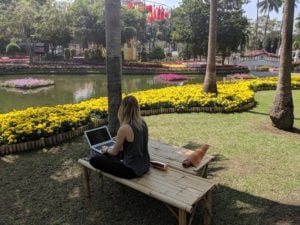
Remote doesn't just mean working from home or a coffee shop
We make it a point to get company feedback. Yep, that’s right - feedback from everyone, remote or not; because this impacts us all, right? We send out a survey to our team once per quarter to identify themes, opportunities, challenges, and take action. We share all feedback with the company and assign action items and priorities against the feedback themes we capture.
In addition to the Google survey, we've hosted round tables to get feedback live with our remote team to ensure their experience is as just as great as our in-person hires.
Our first survey went out about a month ago and our round table was completed about two weeks ago. Below are our findings:
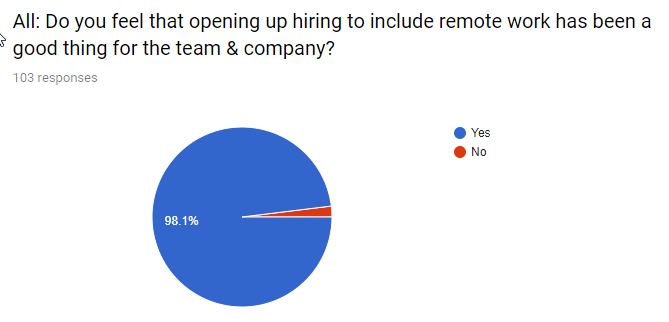
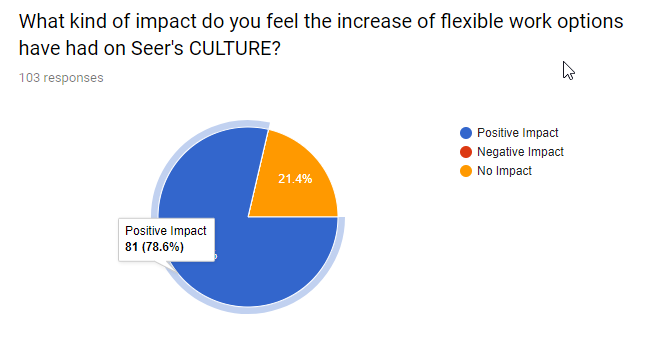
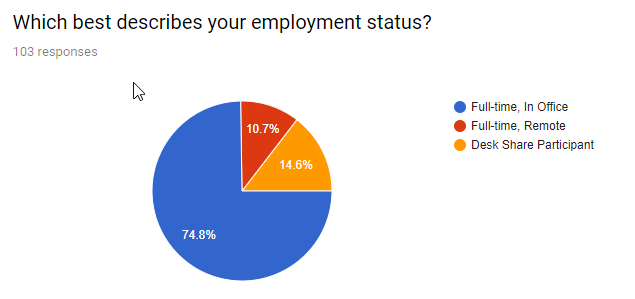
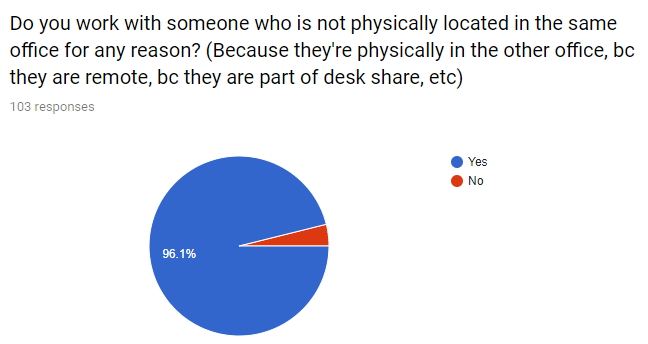
*note - we’ve been doing ‘remote’ longer than we think; it started about 5 years ago when we opened the SD office
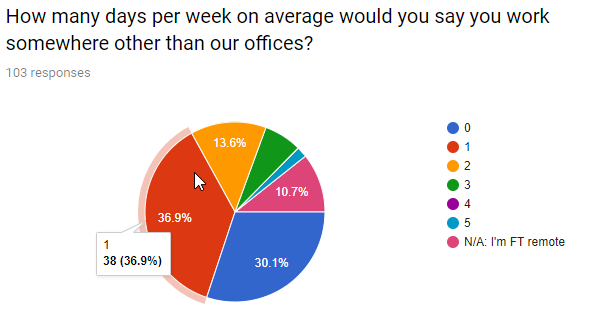
*note - most of the team still really value coming into the office on most days
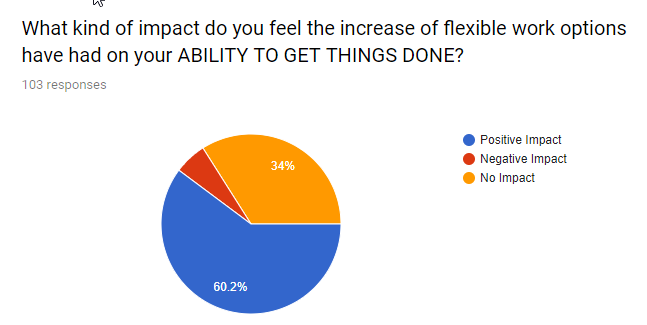
*note - most team members who felt a negative impact were Associates (new to Seer)
Biggest remote work challenges
- Times zones: scheduling / wrangling people for meetings
- Tougher to build rapport & ‘manage up’
- Shadowing & ‘hands-on’ training
If you've experienced any of these challenges, check out these tips for working with remote teams.
Biggest Opportunities and Perks (for FT Remote team members)
- Productivity sky rockets (easier to get stuff done and more time to get stuff done w/o commute)
- Work / life balance
- Keeping things fresh and interesting by switching up cafes and co-working space
- Across the board, having time in the office for 1st quarter has been identified as critical; desired consistent cadence traveling to the physical office (PHL or SD) has been a theme and is key in forging genuine connectivity between colleagues
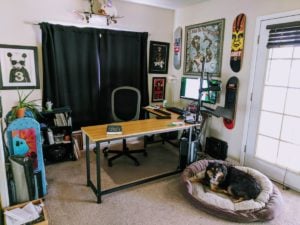
Working remote means never having to leave your favorite four-legged companion
Now what?
- We’re evaluating the buddy program as we’ve identified some disconnects (are 3 buddies necessary, do we need to have a better system of checks and balances in place) - by End of Sept
- On-boarding and booking travel: there have been some things that fall through the cracks and lead to confusion. We’ll be updating our resources and the way we manage travel for remote folks to ensure the best experience when joining the Seer team - by End of September (also Concur will help here as well!)
- We are exploring overall allocation of budgets for 2019
- Additional training on communication for the whole company coming (use of hand signals, having every team member in a meeting join Zoom individually vs. on a screen, etc) - by End of October
- We’ll survey the team again in Q4 for another check in, which will help us set some goals for how we see remote work looking in 2019 for Seer
We don’t have it all figured out, but we’re having a killer year as it relates to retention; we’re seeing 89% retention year to date, and we haven’t lost anyone yet due to ‘location’ (having to relocate). We’ve certainly run into some hiccups -- but we’ll transparently own those things, tackle them head on, and continue to iterate!
Interested in a Remote Role @ Seer?
Check out our current job openings to learn more!

